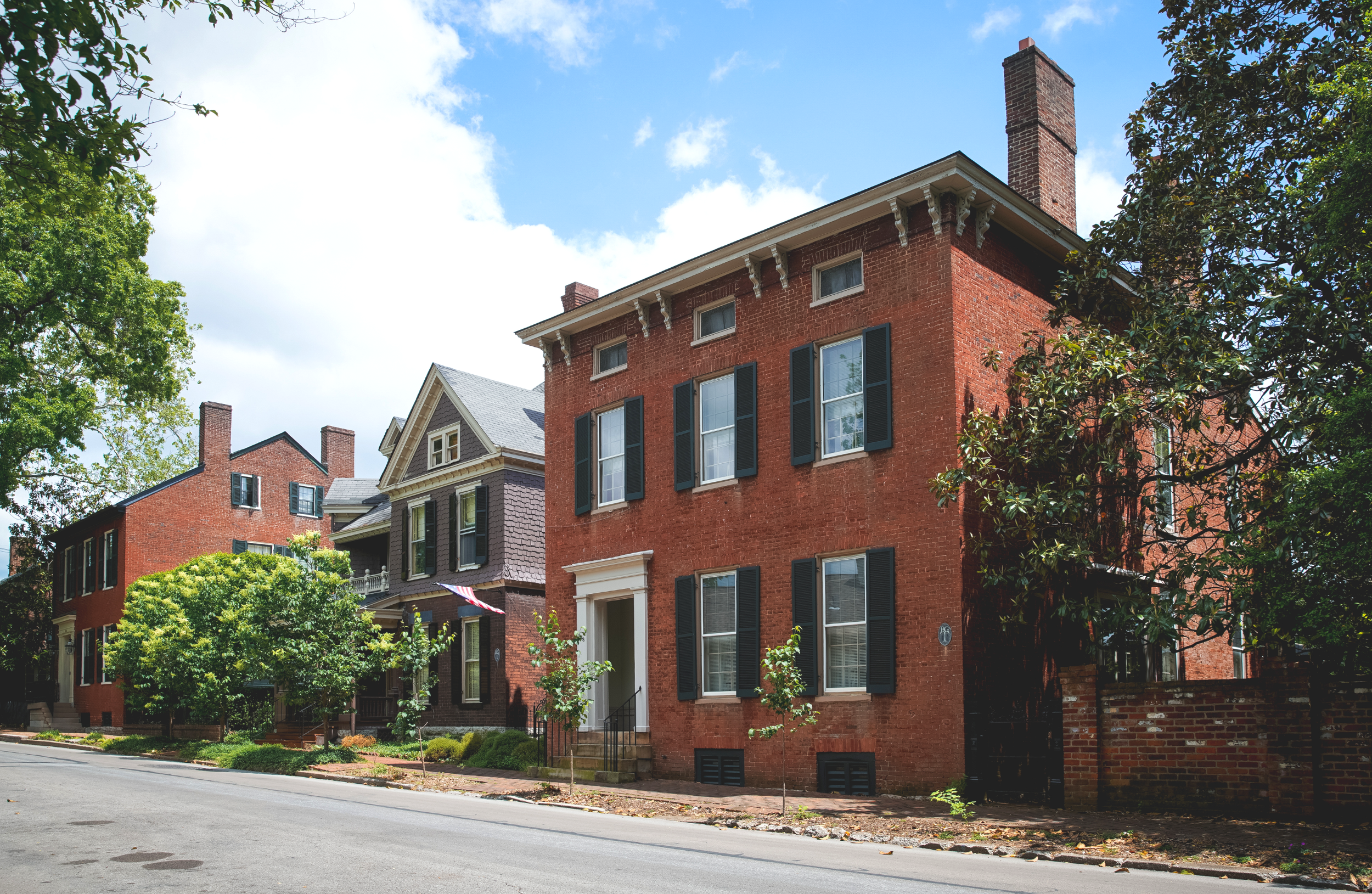
Professional Consulting Services
The Blue Grass Trust offers fee-based consulting services to help you navigate designation on the National Register, preparing tax credit applications, or conducting basic property research. Reach out to us through our Consulting Services Inquiry Form below if you’re interested in our services.
We look forward to helping you preserve your piece of Kentucky’s history!
-

Property Research
Ever wondered who built your home—or who lived there before you? Our Basic Property Research service uncovers your building’s history and provides the insights you need to appreciate and protect it. Discover the story behind your historic building!
-

National Register Designation
Listing your property on the National Register of Historic Places is one of the most meaningful ways to honor and preserve its legacy. It can also open the door to tax credits and grant opportunities. Let us guide you through the landmark nomination process.
-

Tax Credit Applications
Rehabilitating a historic property is a big undertaking—but you don’t have to do it alone. Our Historic Tax Credit Consulting service is designed to help homeowners, nonprofits, and developers access valuable state and federal tax incentives.


